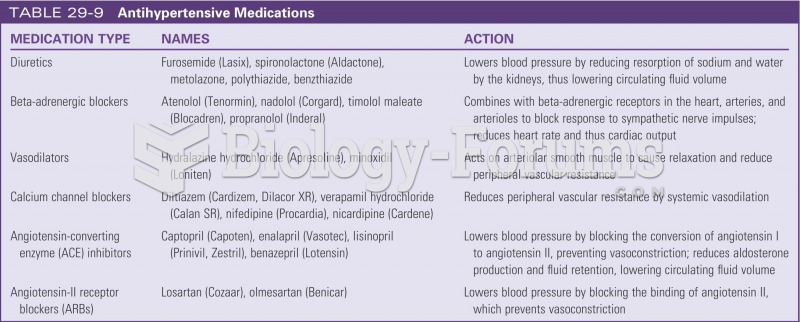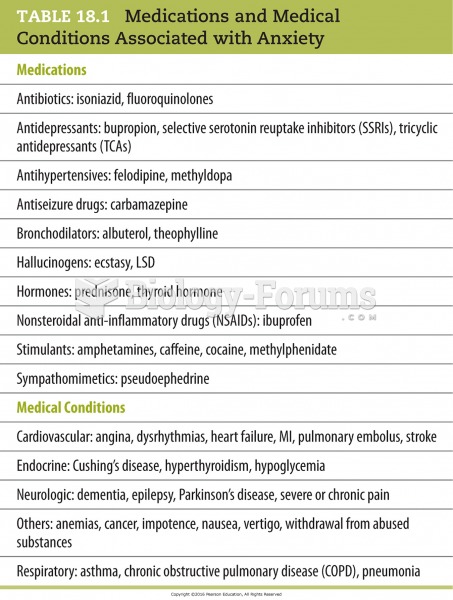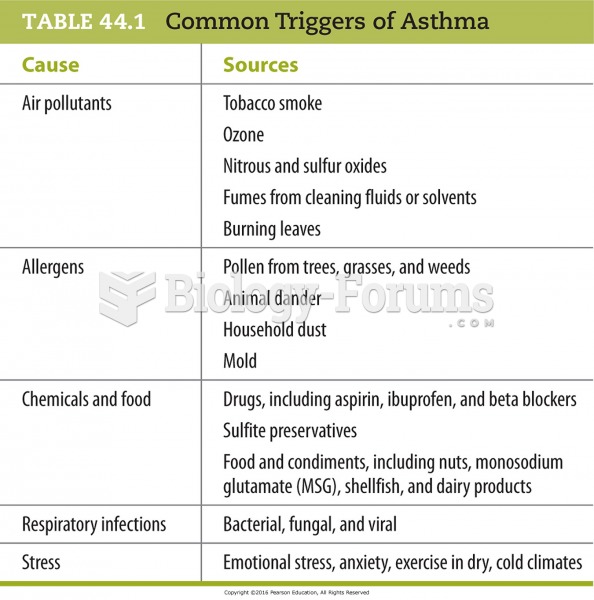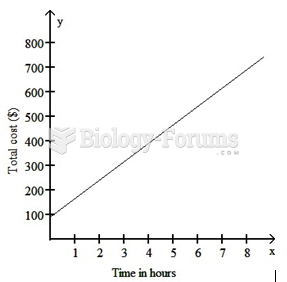Answer to Question 1
1
Rationale 1: Leukotriene modifiers and mast cell stabilizers are added as second-line drugs for the treatment of asthma.
Rationale 2: These drugs do not work synergistically.
Rationale 3: The medications were added and there was no indication that the other medications would be discontinued.
Rationale 4: These medications are often added as second-line drugs.
Global Rationale: The mast cell stabilizers and leukotriene modifiers are second-line drugs for the treatment of asthma. These drugs are prescribed when bronchodilators and corticosteroids are unable to control asthma symptoms.
Answer to Question 2
1
Rationale 1: Leukotriene modifiers are added to reduce inflammation and ease bronchoconstriction by modifying the action of the leukotrienes, which are mediators of the inflammatory response.
Rationale 2: Leukotriene modifiers are not used in an acute bronchospasm.
Rationale 3: Leukotriene modifiers have adverse effects of headache, cough, nasal congestion, GI upset, and psychiatric effects such as depression and suicidal thinking.
Rationale 4: Leukotriene modifiers are added for the treatment of asthma that cannot be controlled by bronchodilators and corticosteroids.
Global Rationale: Leukotriene modifiers are added to the treatment of asthma when bronchodilators and corticosteroids are unable to. Leukotriene modifiers are added to reduce inflammation and ease bronchoconstriction by modifying the action of the leukotrienes, which are mediators of the inflammatory response. Leukotriene modifiers have adverse effects of headache, cough, nasal congestion, GI upset, and psychiatric effects such as depression and suicidal thinking.







